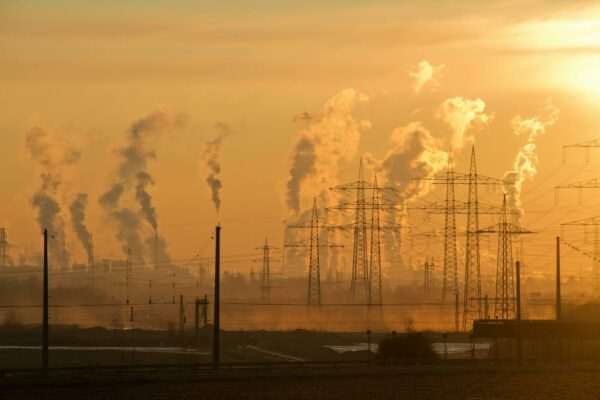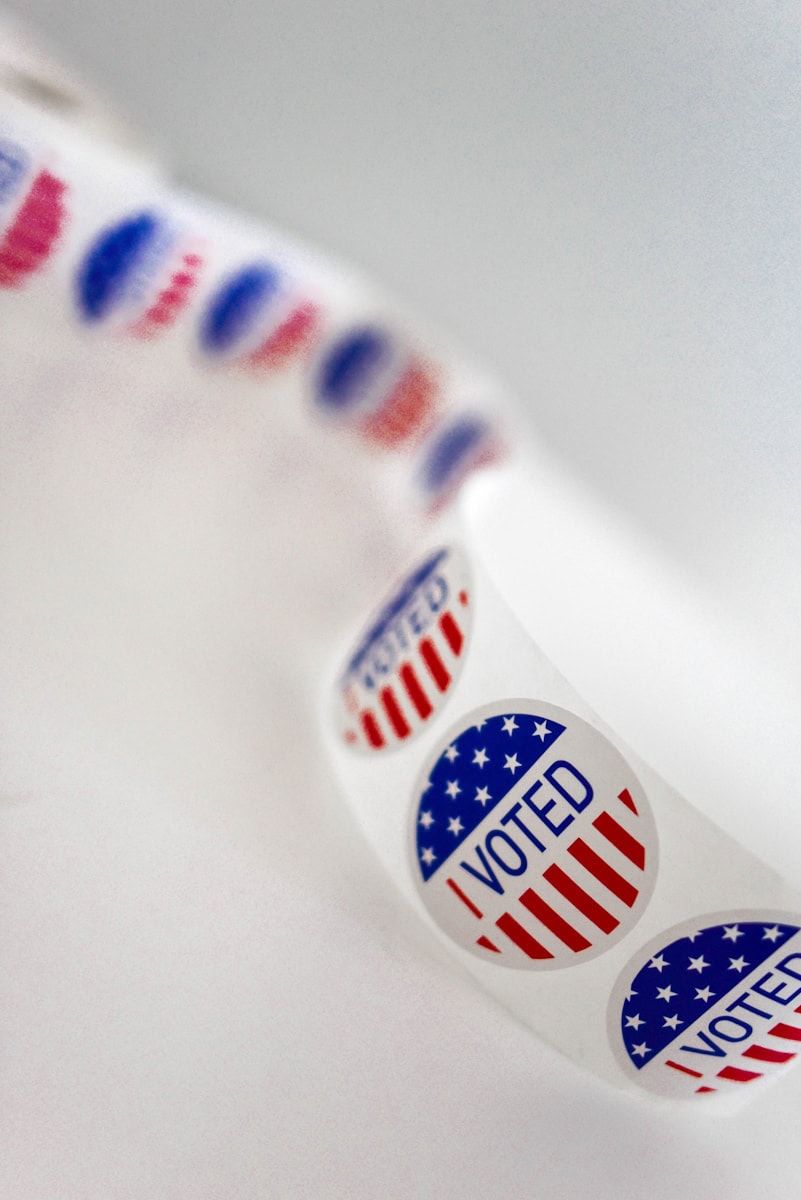
Large corporations have used subsidiaries since the 1880s, and by the early 2000s 85% of the 500 largest U.S. companies were multilayered. The corporate veil created by this structure is the foundation of U.S. business law, and subsidiaries make multiple business ventures possible that established companies might otherwise find too risky.
But a new study, published in the Strategic Management Journal, suggests a more nefarious use for the multi-layered business structure: evading pollution regulation penalties. According to the study, adding a single layer of corporate hierarchy was associated with a 39% increase in the degree of toxic emissions.
How Corporate Multilayering Affects Pollution Regulation Enforcement
Each entity within a corporate group—both the parent company and subsidiaries—forms a single legal corporation and is legally independent. This legal separation creates a liability firewall between business entities in the corporate group. So, although a parent company has ultimate decision-making authority over its subsidiaries, corporate law does not impose legal responsibility for the subsidiary’s actions on the parent company.
“The multi-layered structure permits parent companies to buffer themselves from the negative legal, reputational, and punitive outcomes related to risky activities and, thereby, shift the costs to the society as a whole,” said Juyoung Lee of the Hong Kong Polytechnic University, one of the study’s authors.
As such, parent companies are exempt from compensating for, or paying the penalties related to, environmental damages caused by their subsidiaries. Since subsidiaries often lack the financial means to remediate pollution or pay penalties, enforcing environmental regulations means litigating up the corporate hierarchy.
Where Do the Most Pollution-Intense Activities Fall in a Corporate Hierarchy?
Lee, with co-author Pratima Bansal of Ivey Business School in Canada, analyzed 7,400 U.S.-based businesses owned by the 67 largest chemical manufacturing groups headquartered in America. The study examined actual business establishments, from low-polluting administrative locations to high-polluting industrial ones. Using data from Dun and Bradstreet’s Corporate Family Tree Data, their analysis revealed that only 6% of all the business locations across all these groups conducted pollution-intensive operations.
The authors combined this information with the EPA’s TRI program to pinpoint where the highest polluting sites fall within their corporate structures. Overwhelmingly, they were hierarchically distant from parent companies.
Why Where High-Polluting Sites Fall in a Corporate Structure Matters
Previous studies have shown that corporate groups with more subsidiary layers pollute more, but it’s been unclear whether corporate groups locate high-polluting sites lower in the corporate hierarchy and, if so, why corporate groups do so.
“The lower pollution-intensive activities are in the corporate hierarchy, the more effectively the parent company can protect itself from government-related risks,” Bansal said. “When the subsidiary is farther down the hierarchy in a more complex organizational structure, it’s more difficult to prove a parent company’s active participation. It’s easier to justify its ignorance.”
Basal and Lee’s study examined how parent companies create liability buffers strategically by looking at whether the environmental standards in a parent company’s home state affected where polluting sites fell in the corporate structure. The data showed that the stricter the regulations at home, the greater the buffer between parent companies and their polluting sites in the corporate structure.
When parent companies were headquartered in weak environmental states, the probability of the high-polluting sites being among lower-level subsidiaries was almost the same as them being part of the parent organization. For those headquartered in strong environmental states, the probability grew with every step in the hierarchy away from the parent company.
While this association does not overtly prove companies are using subsidiaries to hide from pollution penalties, it certainly demonstrates that strategic buffering is part of the story. It also illustrates that the foundational element of U.S. corporate law—the corporate veil—inhibits environmental regulation enforcement. Government regulations that fail to consider corporate structures may simply result in the harm being hidden, not reduced.



